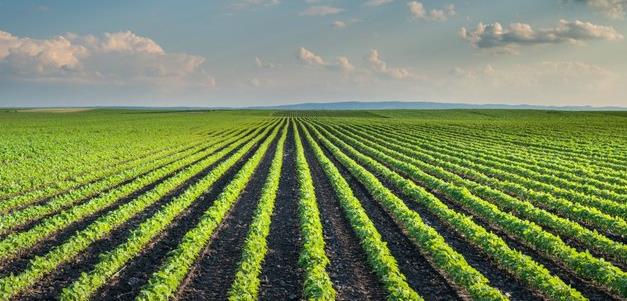Survey: Arkansas farmers worried about ongoing trade war with China
by February 12, 2019 4:22 pm 580 views

Weather problems and a crippling trade war with China had significant impacts on farmers’ profit margins, and heading into 2019 producers are concerned about profitability, according to an informal survey conducted by the University of Arkansas Cooperative Extension Service.
The same intermittent wet weather conditions that caused the 2018 harvest to drag on interminably bled from fall into winter, and prevented most growers from completing — or often, even starting — field preparation in January, including fertilization, tillage and leveling. Scott Stiles, extension economist for the University of Arkansas System Division of Agriculture, said that in and of itself will add to growers’ expenses.
“Growers are thinking about everything they have to do, that they couldn’t do last fall,” Stiles said. “There will be a much narrower window to get fields in shape this year, and it’s going to be costly. It’s going to mean more trips across the field, more diesel burned. We didn’t apply fall fertilizer, we didn’t do fall tillage. We really need an opportunity to do some fieldwork this month.”
There’s little control over the weather, but the trade war with China could be resolved. President Donald Trump has levied more than $200 billion in tariffs and has threatened to double that amount if a new trade deal isn’t reached by March 1. Negotiators were slated to meet this week, and it was reported by Bloomberg that Trump was willing to meet with Chinese officials to hammer out a deal.
“There’s a lot of uncertainty right now around the trade discussions with China,” Stiles said. “That’s on the top of growers’ minds at every meeting I’ve been to this month. They’re closely watching those talks. There’s a lot riding on that for soybeans, as well as cotton, corn, wheat — all crops.”
Soybean prices closed Tuesday (Feb. 12) at $9.14 a bushel, down almost 17% from when the tariffs began to impact markets. The price is down more than 48% from market peaks reached in late 2012.
“The state of the trade dispute is keeping growers’ plans in a state of flux.” He said. “People aren’t able to decide how they want to shift acres because so much is riding on the China talks.”
Farmer Terry Pollard, who grows about 2,200 acres of cotton, corn and soybean east of Piggott in Northeast Arkansas, said his top concerns boiled down to “tariffs and prices.”
“We’re just trying to get a good return on our crop,” Pollard said. “We’ll probably do about the same thing in 2019 that we did in 2018.”
Due to the partial shutdown of the federal government in December and January, the U.S. agricultural industry was without government data from the U.S. Department of Agriculture and other agencies for more than a month. Growers will watch the release of major crop data from the USDA, Stiles said. The department will release a set of tables to be used in the USDA Agriculture Projections to 2028 report on Thursday (Feb. 14).
One effect of the ongoing trade dispute with China is the accumulation of soybean stocks, which are now projected to reach record high levels. That may keep soybean prices at depressed levels, and ultimately affect growers’ acreage decisions regarding the state’s top crop.
“The heavy ending stocks in soybeans are a limiting factor on price, and given that, growers will look at all options,” Stiles said. “A heavy supply such as we have today in the United States, and the world, means prices are going to be fairly subdued until some other fundamental change comes along — a major weather event, or something else that shakes the markets up, the ‘upside’ looks really limited on soybeans.”
